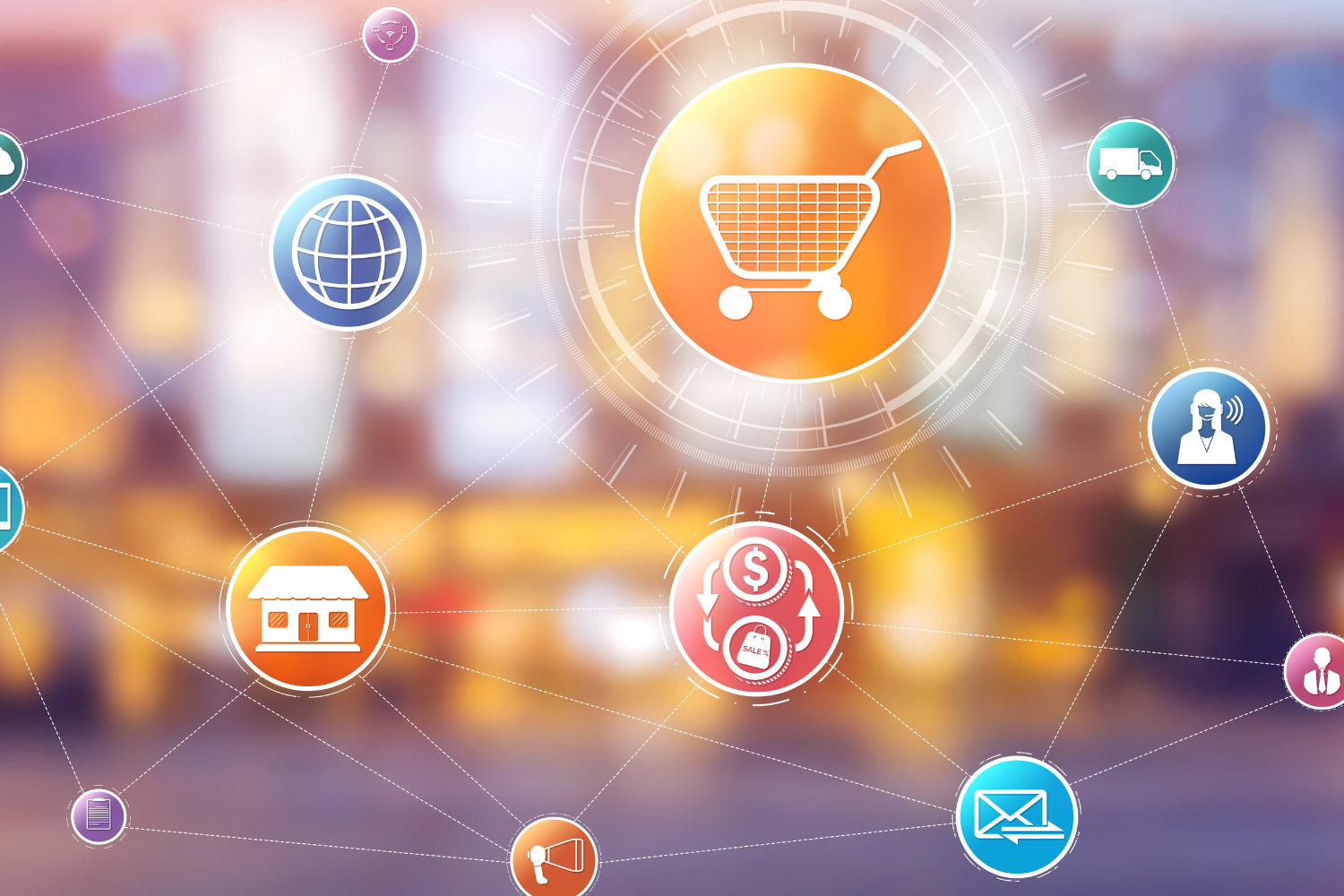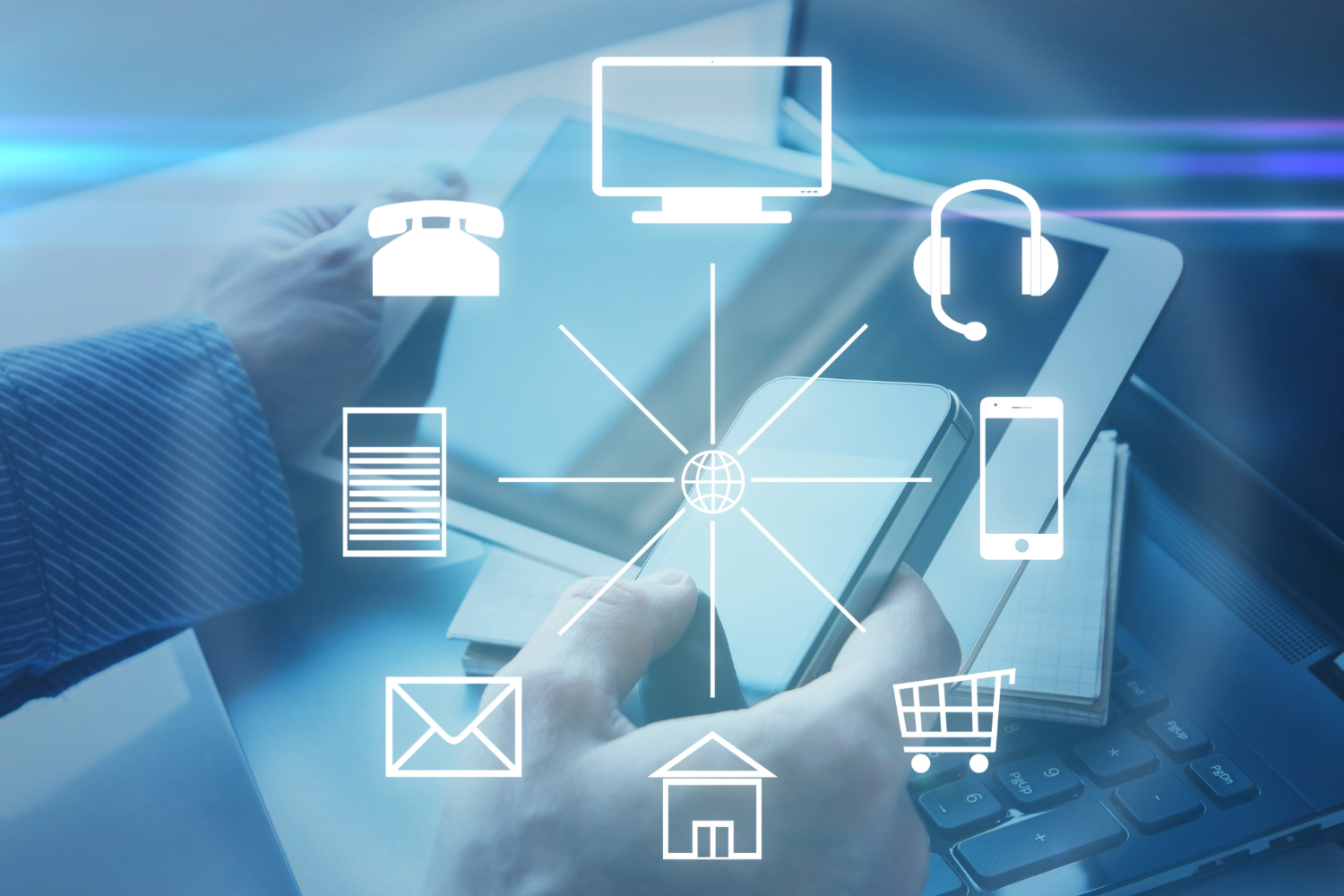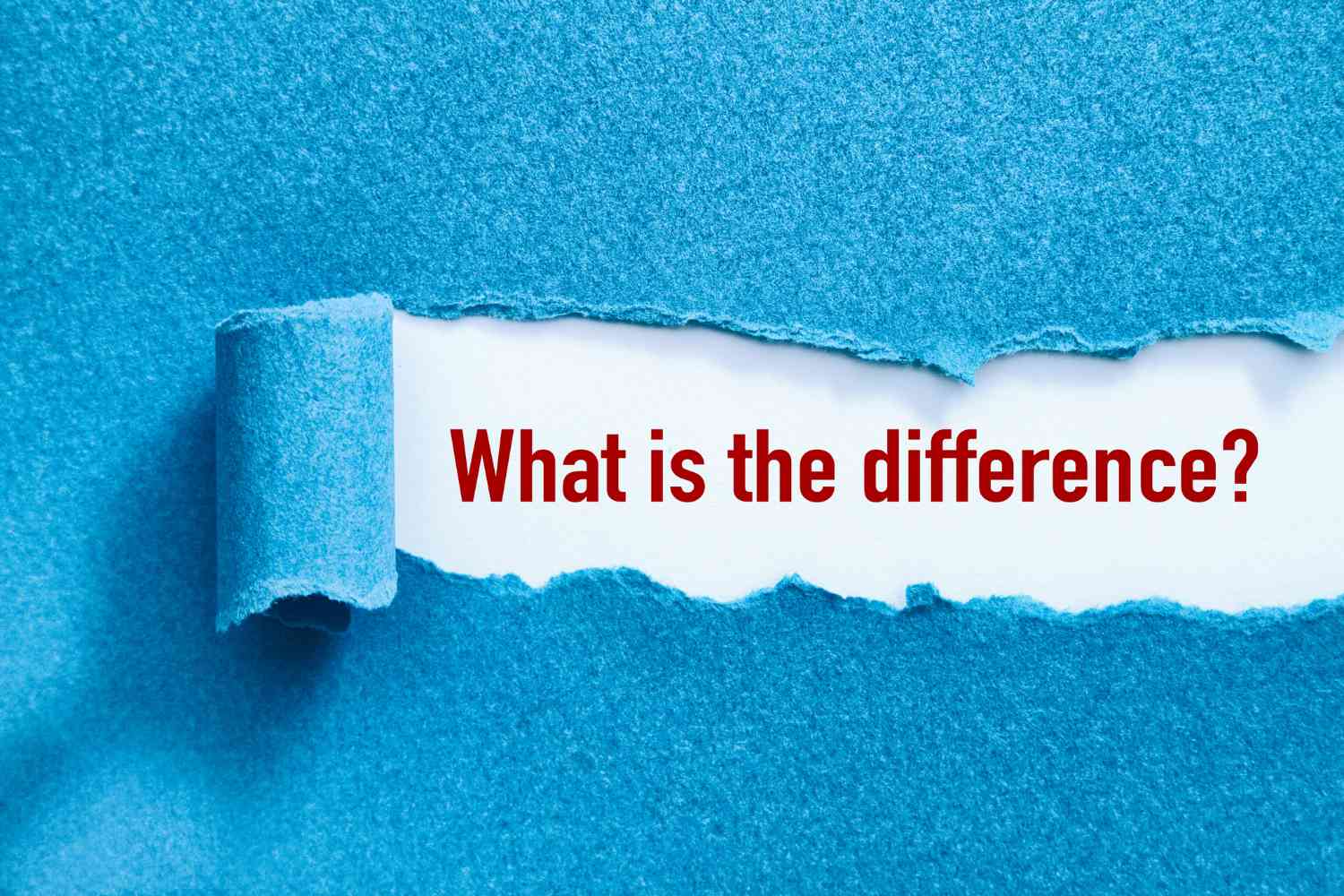Introduction to Omnichannel Brands
In today’s fast-paced digital world, the success of a brand heavily depends on its ability to engage customers across various channels seamlessly. Omnichannel marketing has emerged as a powerful strategy that allows businesses to create a unified and consistent brand experience for their customers across multiple touchpoints. In this article, we will explore the concept of omnichannel brands, the key characteristics that define them, and how they are transforming the way businesses interact with their audience.
The Importance of Omnichannel Marketing
Omnichannel marketing is not just a buzzword; it’s a necessity for businesses looking to stay competitive in the modern marketplace. Customers today expect a seamless experience when interacting with brands, whether it’s through their website, mobile app, social media, or brick-and-mortar store. Companies that adopt omnichannel strategies can meet these expectations and build stronger relationships with their audience.
Key Characteristics of Best Omnichannel Brands
Seamless Customer Experience

The hallmark of successful omnichannel brands is their ability to provide a seamless and consistent customer experience across all channels. Customers should be able to switch between different platforms without encountering any disruptions or inconsistencies.
Integration of Multiple Channels
The best omnichannel brands understand the importance of integrating various channels effectively. They ensure that each channel complements the others and works cohesively to deliver a unified brand message.
Personalization and Customer Data Utilization
Personalization plays a crucial role in omnichannel marketing. The best brands leverage customer data to tailor their interactions, providing personalized recommendations and offers that resonate with individual preferences.
Consistent Branding Across Channels
Maintaining brand consistency is essential for building trust and recognition. Top omnichannel brands ensure that their branding elements, such as logos, colors, and tone of voice, remain consistent across all touchpoints.
Mobile Optimization
In the age of smartphones, mobile optimization is non-negotiable. The best omnichannel brands prioritize mobile experiences, ensuring their websites and apps are user-friendly and responsive.
Examples of Successful Omnichannel Brands
Nike
Nike is a prime example of a brand that has successfully embraced omnichannel marketing. Whether customers visit their website, flagship stores, or use the Nike Training Club app, they receive a consistent experience that aligns with Nike’s core values.
Starbucks
Starbucks has integrated its mobile app, rewards program, and in-store experiences to create a seamless journey for customers. The app allows users to order and pay ahead, making their coffee run smoother and more convenient.
Sephora
Sephora uses customer data to offer personalized product recommendations and tailored beauty tips across its website, app, and in-store experiences. This level of personalization has helped them build a strong and loyal customer base.
Amazon
As a pioneer in e-commerce, Amazon’s omnichannel approach extends from its website to its Kindle devices and Amazon Go stores. They have revolutionized the way people shop online and offline.
Disney
Disney has mastered omnichannel storytelling with its theme parks, movies, merchandise, and digital platforms. They create magical experiences that resonate with customers of all ages.
Strategies to Build an Effective Omnichannel Presence
Analyzing Customer Data
Understanding customer behavior and preferences is the foundation of successful omnichannel marketing. Brands must gather and analyze data from various channels to create targeted strategies.
Utilizing Technology and Data Analytics
Advanced technology and data analytics enable brands to track and measure customer interactions, helping them refine their strategies and deliver more personalized experiences.
Focusing on Customer Engagement
Building strong customer relationships requires active engagement. The best omnichannel brands invest in two-way communication and respond promptly to customer inquiries and feedback.
Connecting Online and Offline Channels
The integration of online and offline channels is vital to provide customers with a seamless journey. Brands must bridge the gap between their digital platforms and physical stores.
Offering Flexible Fulfillment Options
In today’s on-demand world, customers appreciate flexible fulfillment options like buy-online-pickup-in-store (BOPIS) or same-day delivery. Omnichannel brands strive to meet these expectations.
Challenges Faced by Omnichannel Brands
Data Integration Issues
Consolidating data from multiple channels can be complex and challenging. Omnichannel brands must invest in robust data management systems to avoid discrepancies.
Maintaining Consistency Across Channels
Brand consistency can be difficult to achieve, especially when dealing with diverse channels. Brands need to ensure that their messaging remains cohesive across all platforms.
Balancing Personalization with Privacy Concerns
While personalization is valuable, it must be balanced with respect for customer privacy. Brands should be transparent about data usage and give customers control over their information.
Inventory Management Challenges
Omnichannel brands face inventory management complexities due to multiple selling channels. They need to adopt efficient inventory tracking and fulfillment systems.
High Implementation Costs
Building and maintaining an effective omnichannel strategy can be costly. Brands need to carefully allocate resources to ensure a positive return on investment.
The Future of Omnichannel Brands
AI and Machine Learning Advancements
Artificial intelligence and machine learning will play an increasingly significant role in enhancing personalization and customer experiences.
Virtual and Augmented Reality Integration
Virtual and augmented reality technologies will transform how customers interact with brands, especially in the retail and entertainment sectors.
Social Commerce
Social media platforms are becoming more integrated with e-commerce, and omnichannel brands will leverage this trend to drive sales and engagement.
Voice Commerce
Voice-activated devices and assistants will become more prevalent, allowing customers to make purchases using voice commands.
Conclusion
In conclusion, the rise of omnichannel brands has reshaped the way businesses connect with their customers. By prioritizing seamless experiences, leveraging customer data, and embracing emerging technologies, these brands are revolutionizing customer interactions. As the digital landscape continues to evolve, successful omnichannel brands will adapt and innovate to stay at the forefront of customer engagement.
You can also read this What Comes After Omnichannel: The Evolution of Customer Experience
You can also read this 19 Omnichannel Experience Examples from Top Brands




























































